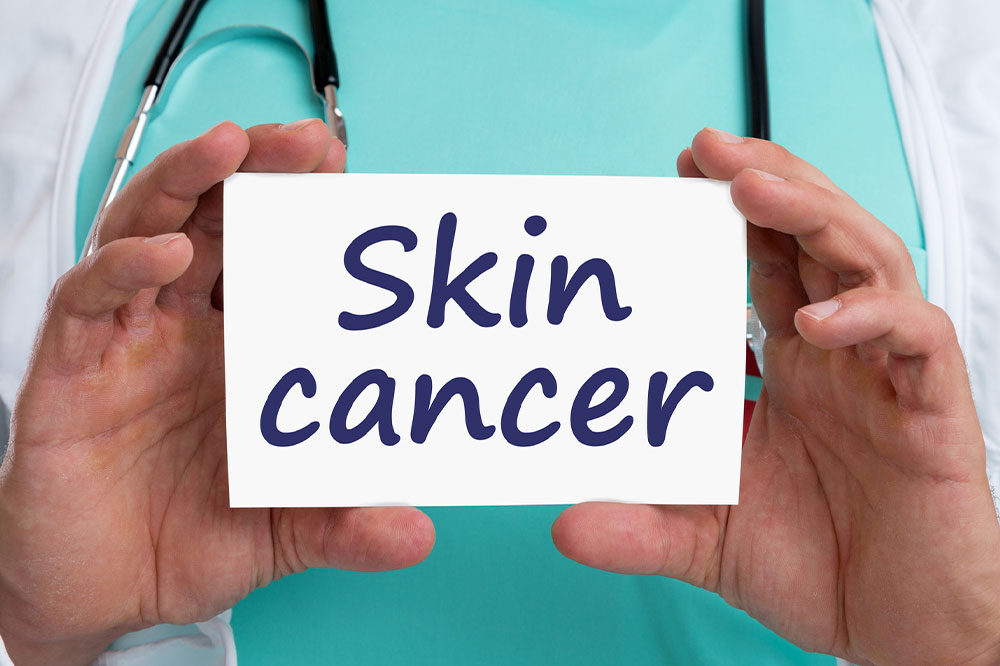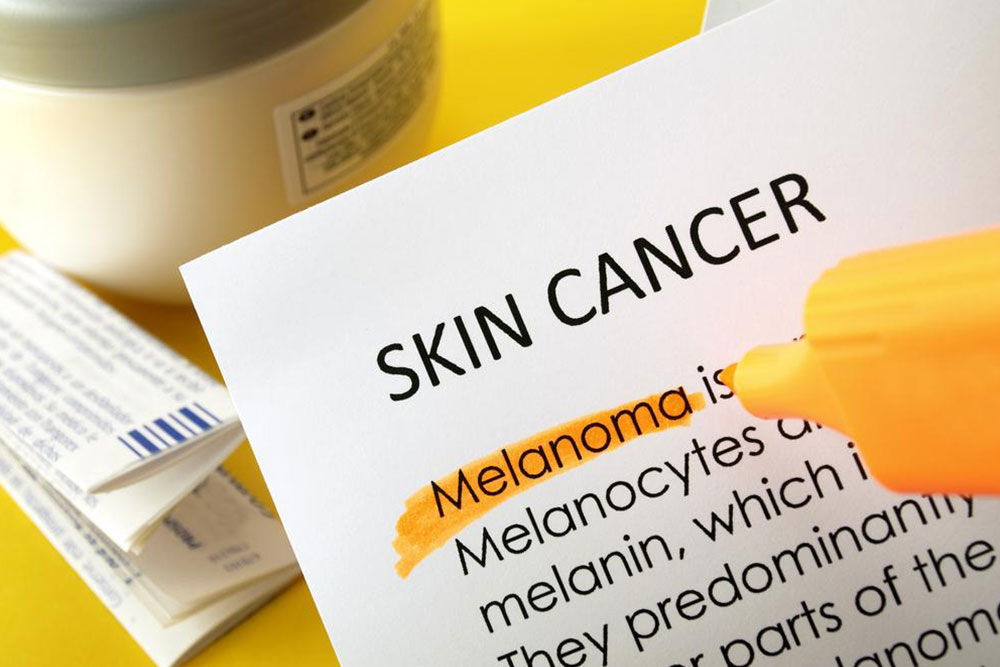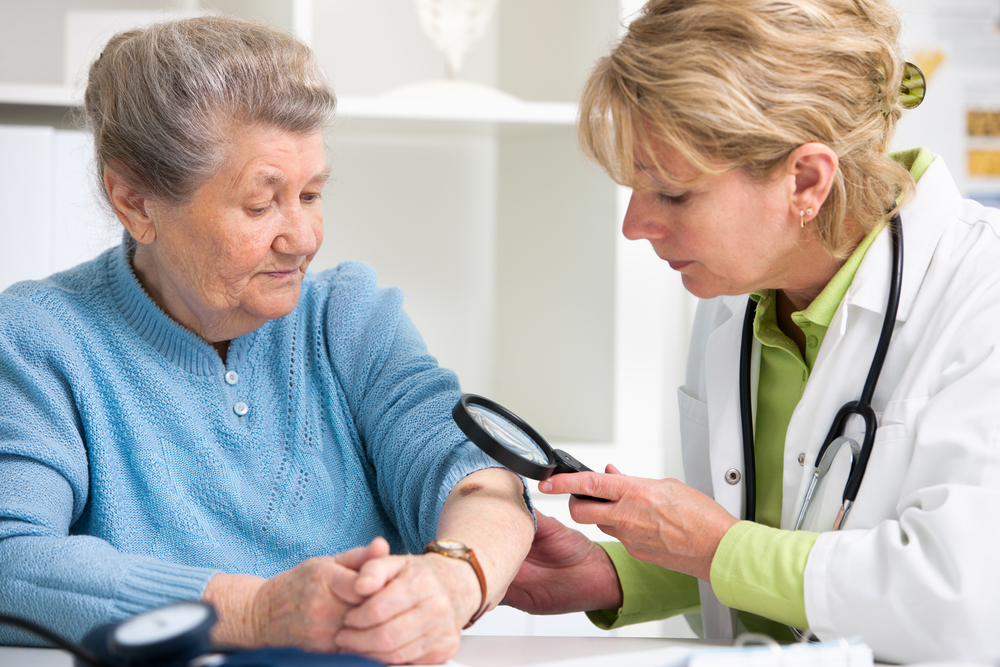Understanding Skin Cancer: Types, Progression, and Prevention Tips
This article offers a comprehensive overview of skin cancer, including its types, developmental stages, symptoms, and prevention strategies. Understanding early signs and adopting protective behaviors like sunscreen use and regular skin checks are vital for reducing risk and catching issues promptly. Knowledge about various types, especially basal, squamous, and melanoma, helps individuals take proactive steps to maintain skin health. Whether you’re exposed to prolonged sunlight or have a history of skin issues, staying informed can make a difference in prevention and early intervention.

Understanding Skin Cancer: Types, Progression, and Prevention Tips
While sunbathing can be enjoyable, excessive UV exposure increases the risk of developing skin cancer. Recognizing visual signs of skin cancer is essential for early detection. Fortunately, effective protective measures can help reduce this risk. This article covers key details about skin cancer, including its types, stages, symptoms, and prevention strategies.
Types of Skin Cancer
Skin cancers vary based on their location, appearance, and growth pattern. The main types include:
Basal Cell Carcinoma
Usually appearing as small, slow-growing lesions on areas like the face, ears, and hands—regions exposed to frequent sunlight. These tumors can invade surrounding tissues if untreated but are less aggressive overall.
While they can cause tissue damage, basal cell carcinomas rarely metastasize. They are typically removed when causing discomfort or disfigurement.
Squamous Cell Carcinoma
Originates in flat squamous cells in the outer skin layer. It often develops in sun-exposed areas, especially where there’s been prior injury or friction—like scars or areas under tight clothing. It has a higher tendency to spread beyond the initial site and can become serious if untreated.
Melanoma
Develops from melanocytes responsible for pigmentation, often resembling moles or freckles initially. These can become ulcerated or raised over time, requiring prompt treatment to prevent spread.
Non-melanoma Skin Cancers
Including basal and squamous cell carcinomas, these tend to appear as raised, often reddish or flesh-colored bumps, sometimes scaly or pink. They are generally superficial but can be serious if neglected.
Stages of Skin Cancer
Skin cancer progresses through three main stages:
Precancerous Stage
Includes growths like actinic keratosis and early lesions of BCC, SCC, and melanoma—these are not yet invasive but require monitoring.
Early Stage
Malignant growths confined to the surface layers, such as in situ melanomas, without spreading to lymph nodes or organs.
Advanced Stage
Cancers that have spread beyond the original site, becoming metastatic. Treatment typically involves surgery, radiation, or chemotherapy depending on severity.
Recognizing Symptoms
Early detection is vital. Watch for:
- Persistent hard bumps that don’t heal over weeks.
- Growing warts or unusual patches.
- Non-healing sores that may indicate melanoma.
- Scaly or abnormal skin patches.
These signs should prompt medical consultation. Treatments vary from laser removal to cryotherapy depending on the diagnosis.Preventive Measures
UV radiation from the sun is the primary risk factor. Use broad-spectrum sunscreen with SPF 30 or higher, reapplying every two hours. Avoid peak sun hours between 10 am and 4 pm. Wearing protective clothing, like SPF shirts, and seeking shade helps further reduce risk. Regular skin checks and professional screenings are recommended, especially for those with significant sun exposure or family history.
As outdoor activities increase with warmer weather, taking preventive steps is crucial to lower skin cancer risk. Being vigilant about skin changes and consulting healthcare providers for regular screenings can save lives.









